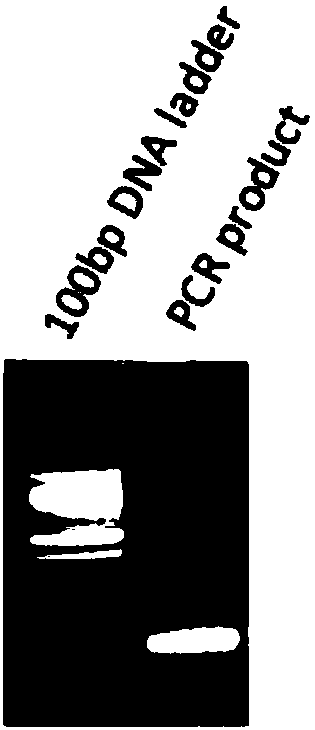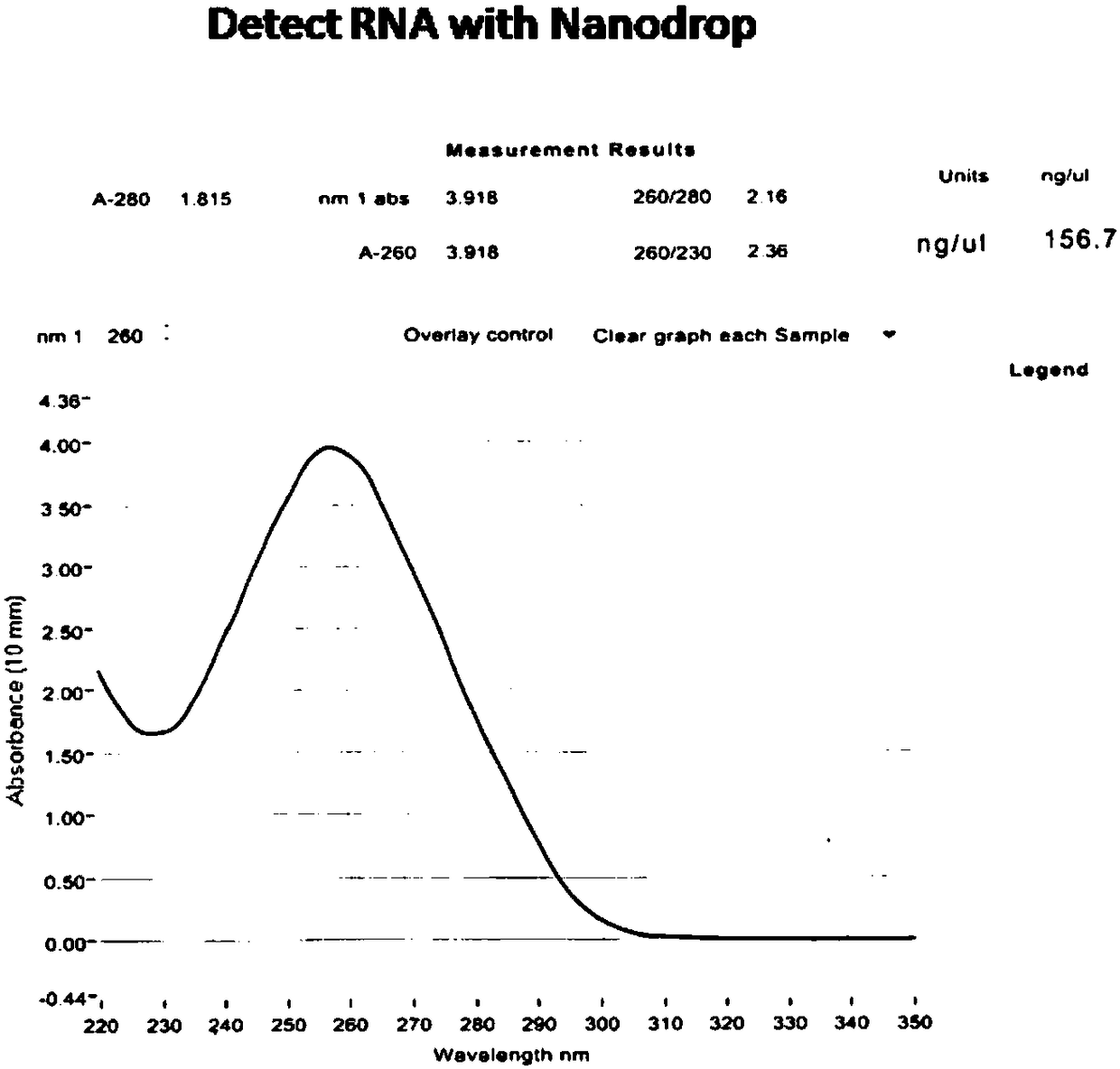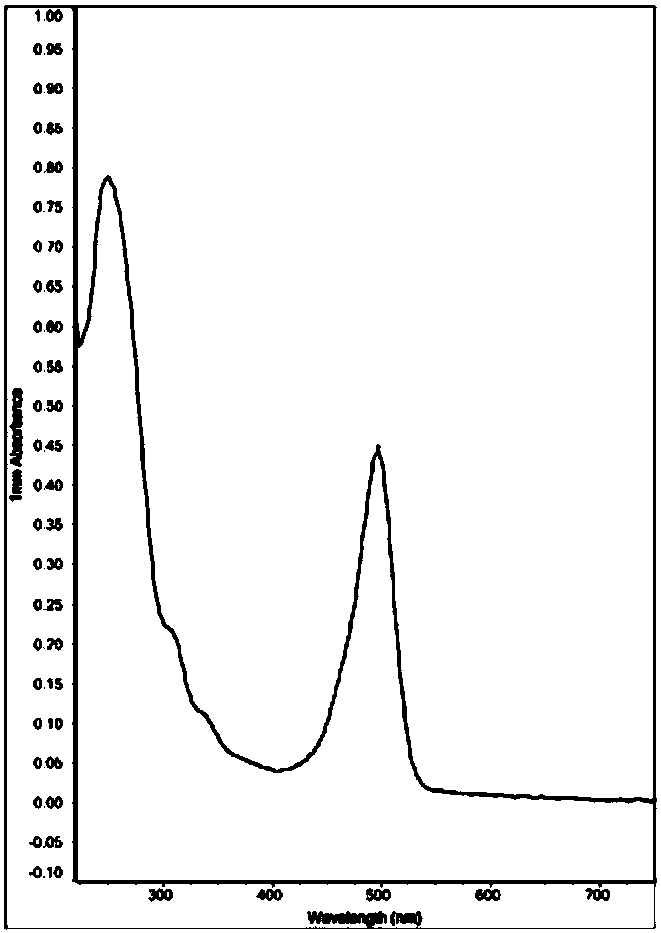Fluorescence in situ hybridization probe as well as preparation method and application thereof
A fluorescence in situ hybridization and probe technology, used in biochemical equipment and methods, DNA preparation, DNA/RNA fragments, etc., can solve the problem of uncertain number of probe fluorescence, low probe specificity, and lack of small fragmentation and other problems to achieve the effect of reducing background interference, increasing hybridization efficiency, and reducing hybridization time
- Summary
- Abstract
- Description
- Claims
- Application Information
AI Technical Summary
Problems solved by technology
Method used
Image
Examples
preparation example Construction
[0029] The preparation method of the fluorescent in situ hybridization probe of one embodiment, comprises the steps:
[0030] Step 1: Construction of the probe library: for the non-repetitive target gene region, continuously design a series of single-stranded fragments with a length of 35nt-200nt that are completely complementary to the target gene region as candidate probes, and add The primer fragments were amplified on the chip, and the target probe library was obtained by chip synthesis.
[0031] The target gene region in this embodiment is a non-repeating region of the genome, and by designing candidate probes for the non-repeating region, non-specific reactions and background interference can be reduced.
[0032] In this embodiment, for different target gene regions, candidate probes are constructed at intervals of preset lengths. For example, candidate probes can be constructed at intervals of 1-10 bp, which can avoid mutual interference between probes and help improve ...
PUM
 Login to View More
Login to View More Abstract
Description
Claims
Application Information
 Login to View More
Login to View More - R&D
- Intellectual Property
- Life Sciences
- Materials
- Tech Scout
- Unparalleled Data Quality
- Higher Quality Content
- 60% Fewer Hallucinations
Browse by: Latest US Patents, China's latest patents, Technical Efficacy Thesaurus, Application Domain, Technology Topic, Popular Technical Reports.
© 2025 PatSnap. All rights reserved.Legal|Privacy policy|Modern Slavery Act Transparency Statement|Sitemap|About US| Contact US: help@patsnap.com



